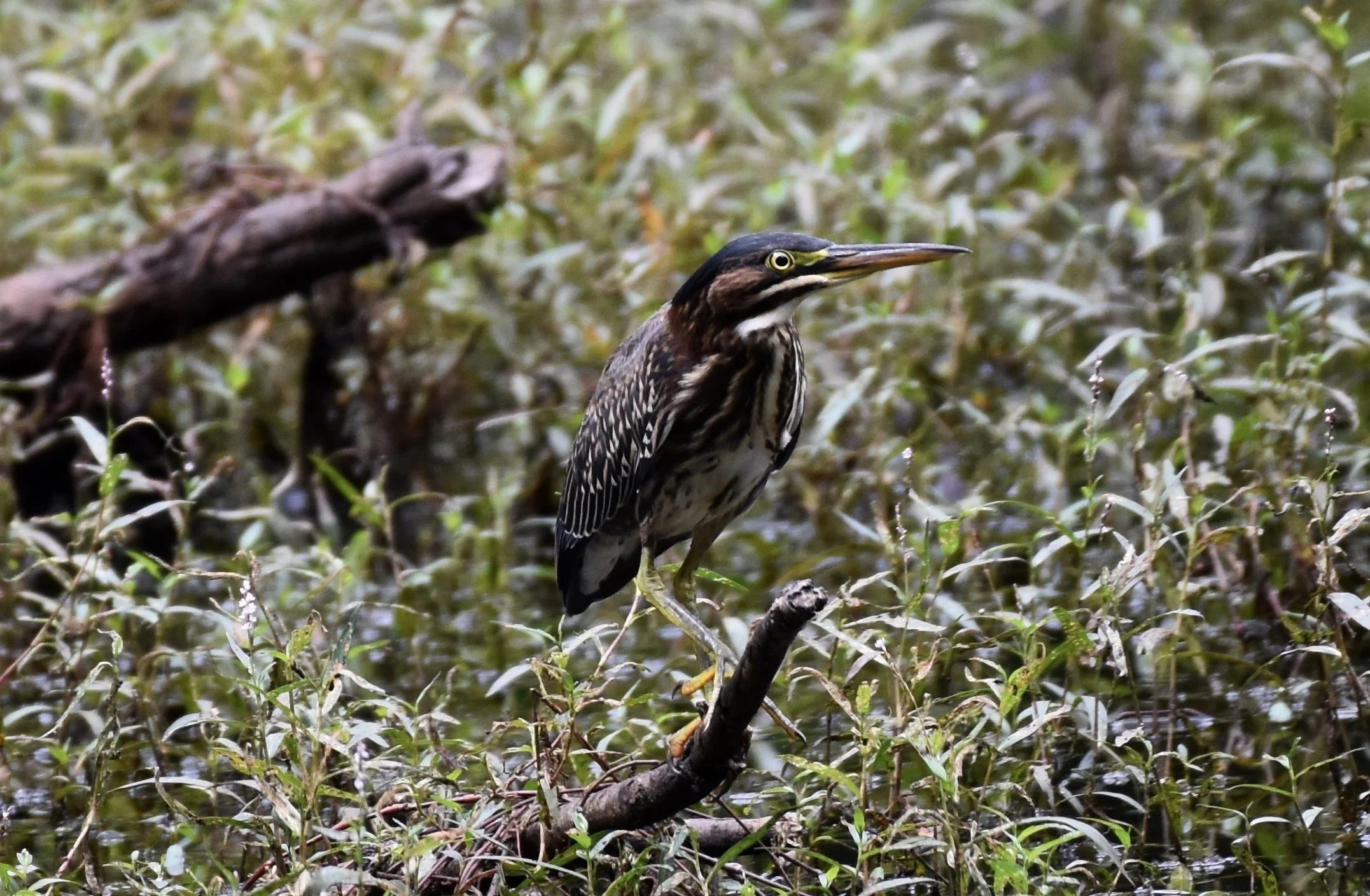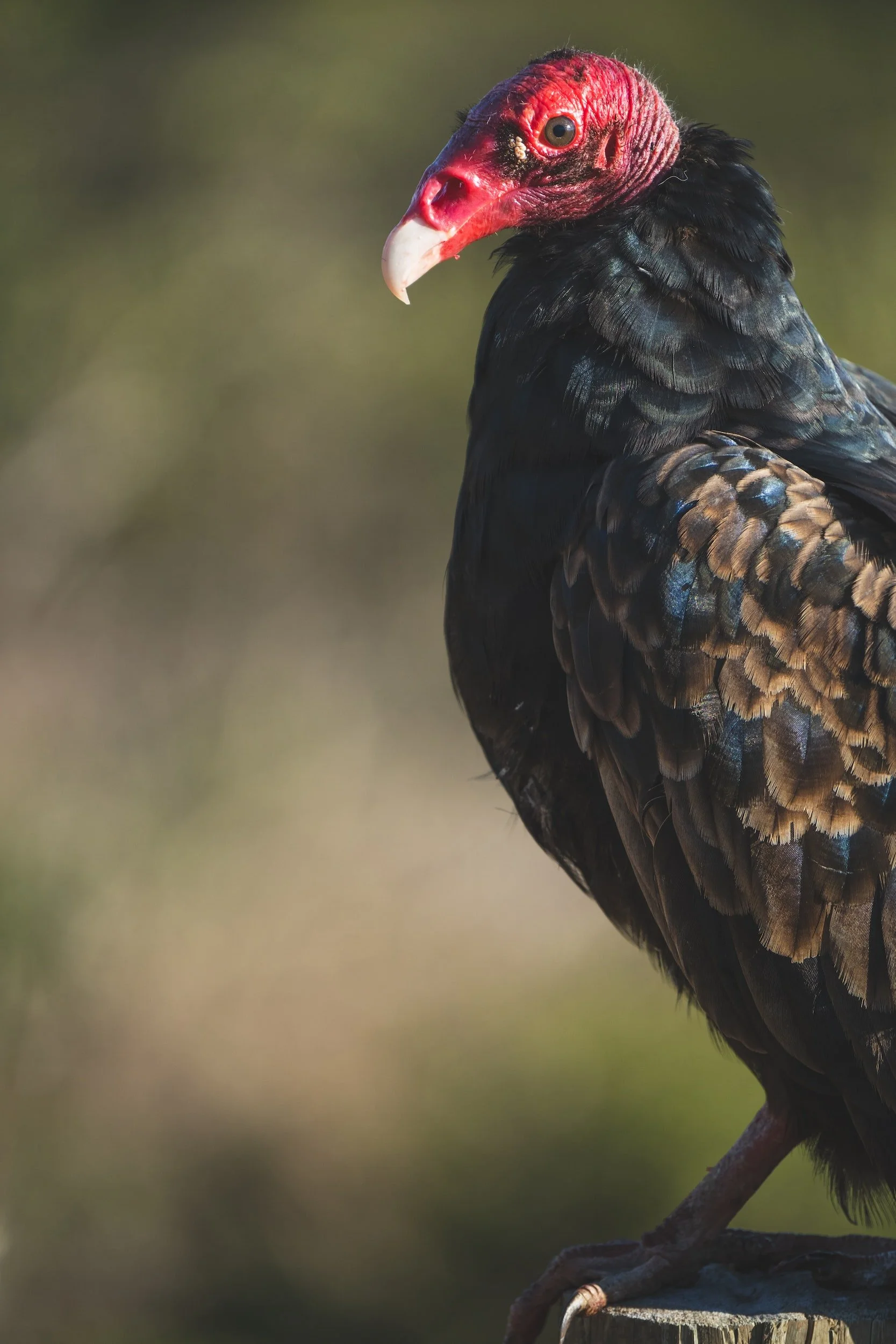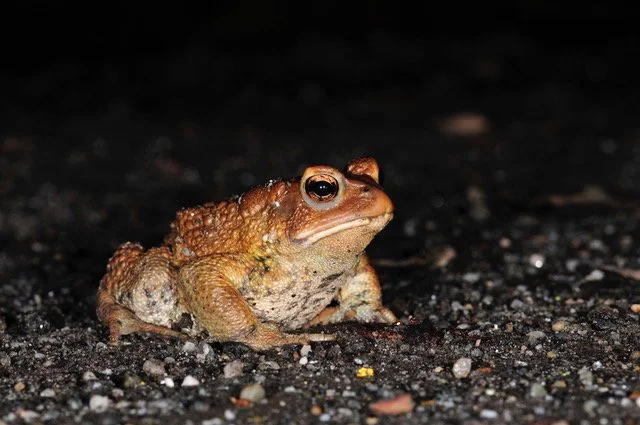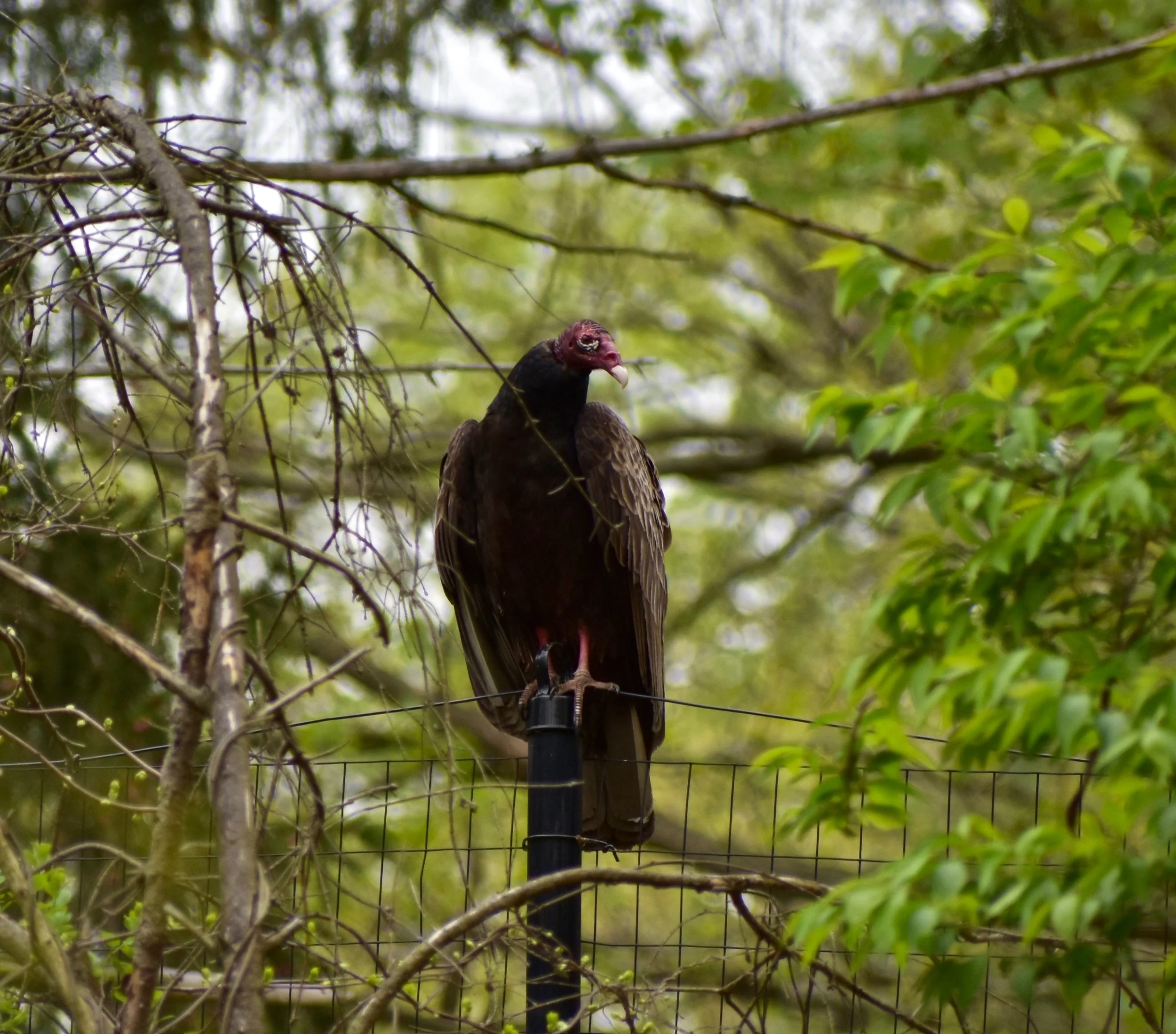
Native Wildlife Species
PARAGRAPH ABOUT NATIVE WILDLIFE SPECIES BIODIVERSITY ETC ETC Lorem ipsum dolor sit amet, consectetur adipiscing elit, sed do eiusmod tempor incididunt ut labore et dolore magna aliqua. Ut enim ad minim veniam, quis nostrud exercitation ullamco laboris nisi ut aliquip ex ea commodo consequat. Duis aute irure dolor in reprehenderit in voluptate velit esse cillum dolore eu fugiat nulla pariatur. Excepteur sint occaecat cupidatat non proident, sunt in culpa qui officia deserunt mollit anim id est laborum.
American Black Duck
American Toad
Bluejay
Common Yellowthroat Warbler
Eastern Painted Turtle
Monarch Butterfly
Pileated Woodpecker
Red Fox
Red-tailed Hawk
Ruby-crowned Kinglet
Eastern Phoebe
Egret
Garter Snake
Great Blue Heron
Green Heron
Turkey Vulture
White-breasted Nuthatch
Wood Duck
Wood Thrush
COMMENTARY: Migrating birds return, but are their northern homes safe?
By Christine Hepburn, Ph.D
“Many of the real birds we enjoy all summer also head south for the winter – way south, to southern Mexico, and Central, or even South, America. It isn’t a choice, it’s what they must do to survive. They are now due to journey back to their northern breeding grounds and will be arriving in New Jersey from March through the month of May. These real birds, however, are not necessarily going to find their northern habitats intact.”
Photo by Blaine Rothauser
Toads Love the Drew Forest!
By Christine Hepburn, Ph.D
Did you know that the Drew Forest is home to a large population of American Toads? These cute, fascinating creatures are important parts of the healthy ecosystem. Besides serving as food for other animals, a single toad can eat 10,000 insects, slugs, or snails in a single summer!
Every May, a loud, high-pitched emanates from the Drew Forest. The cacophony is made by the many male toads in ‘Long Pond’ each calling repeatedly to attract females. (It works!)
Photo by Blaine Rothauser
By mid-May, swarms of tiny tadpoles that recently hatched from the fertilized eggs are in the pond. Then in June, the Forest paths will come alive with tiny hopping brown lumps as the new toads emerge from the pond and make their way to where they will spend most of the year.
Unlike frog, toads spend most of their time on dry land, in moist leaf litter or dead logs. They won’t travel too far from their pond, however — 1,000 feet at most and usually much less.
The toads desperately need the habitat near their pond that is the Drew Forest.
Photographs by Drew Alum RJ Curcio




















